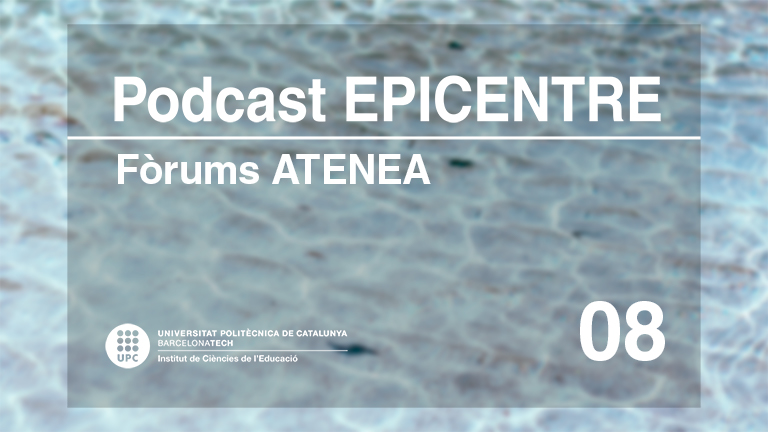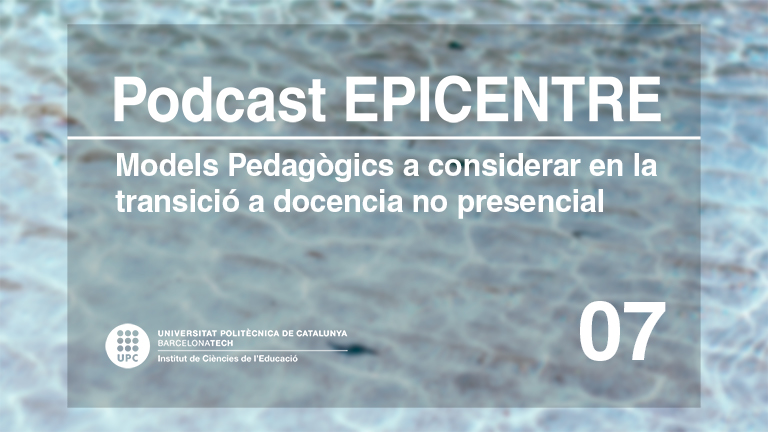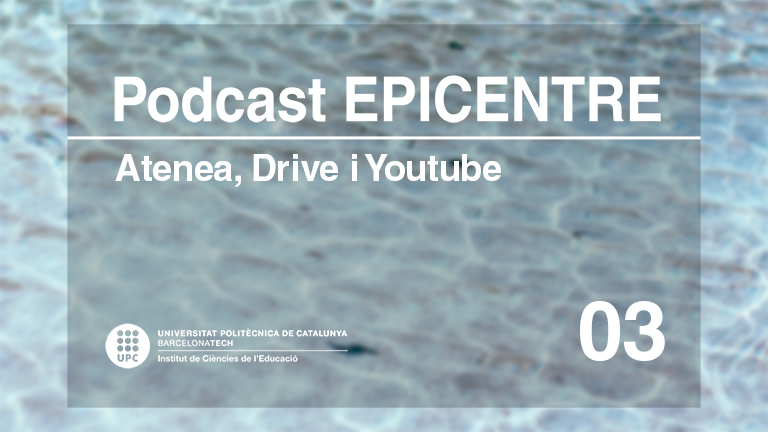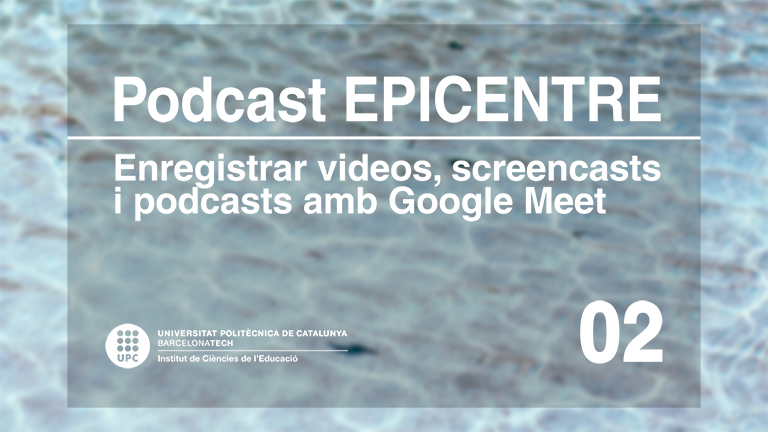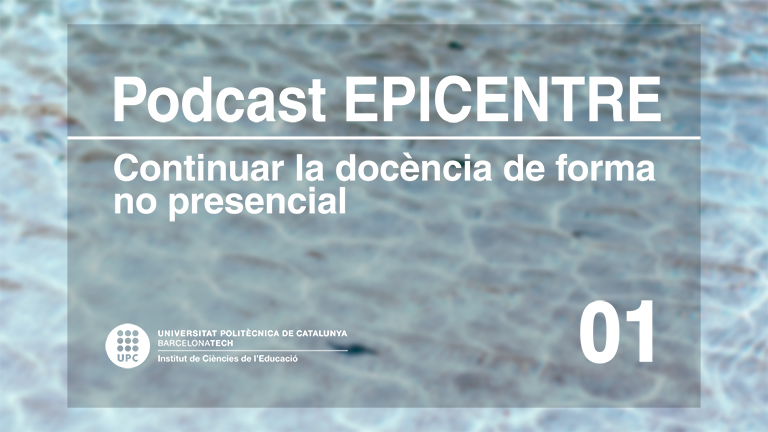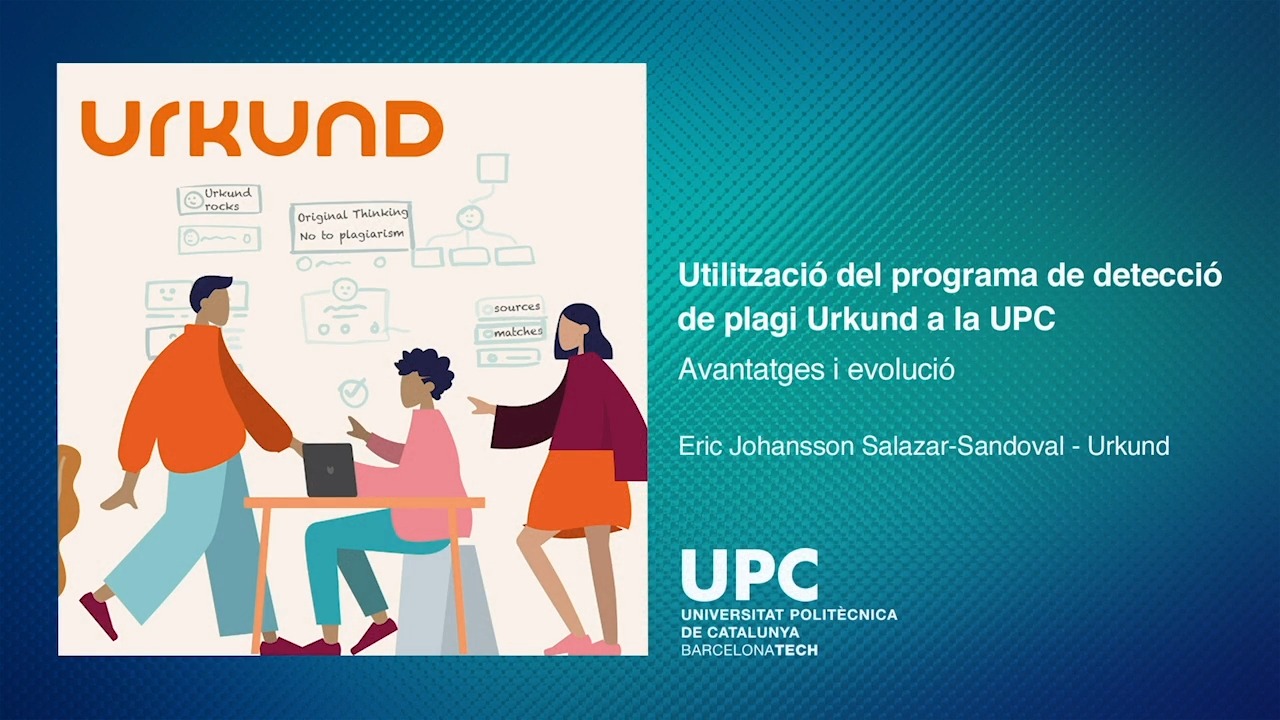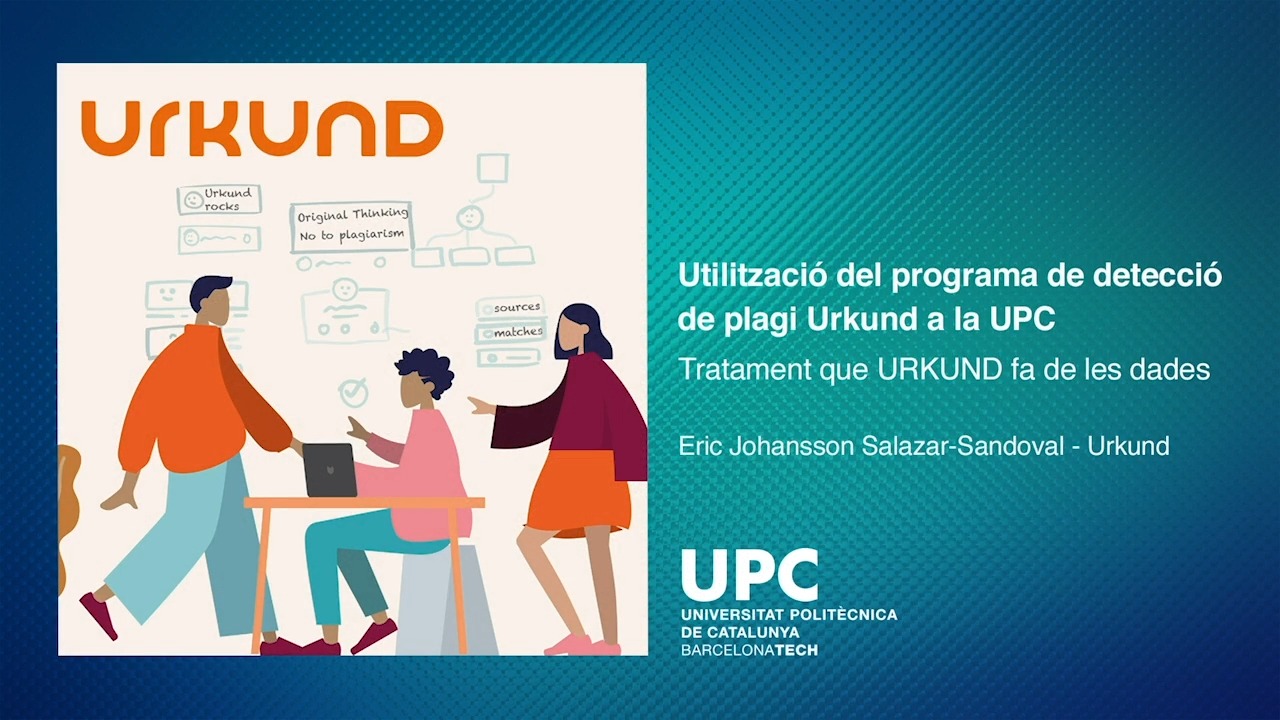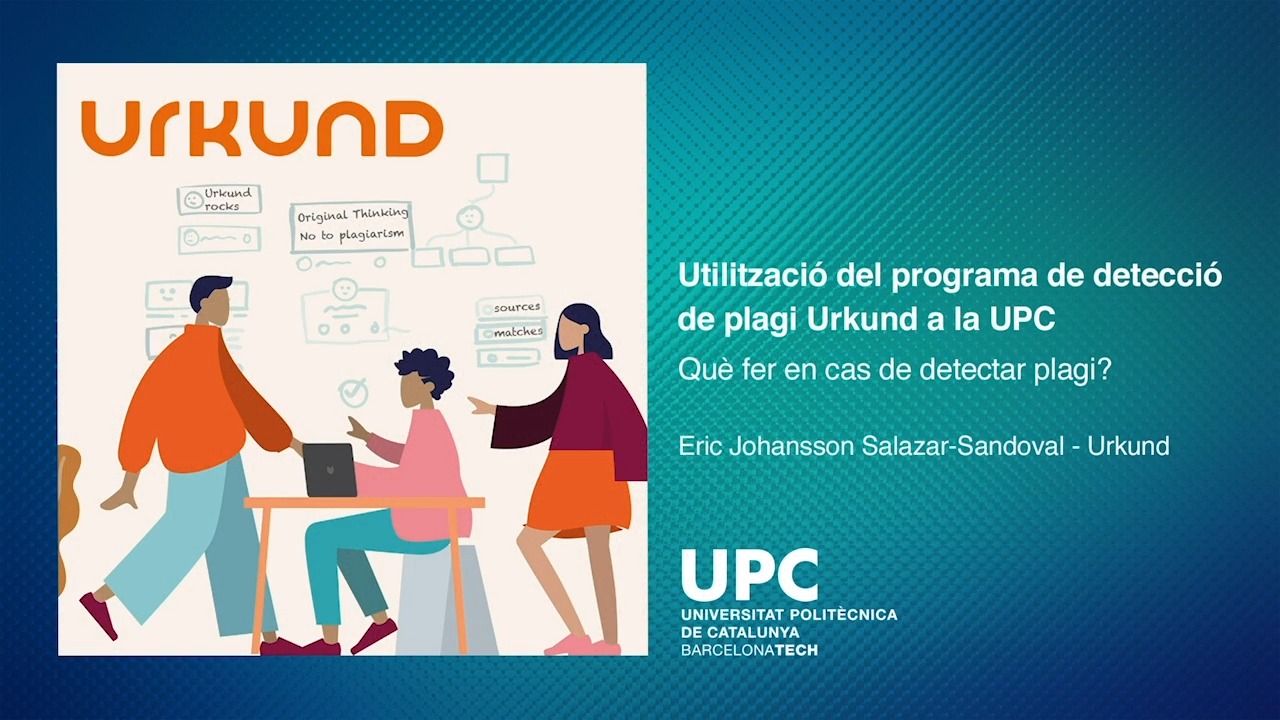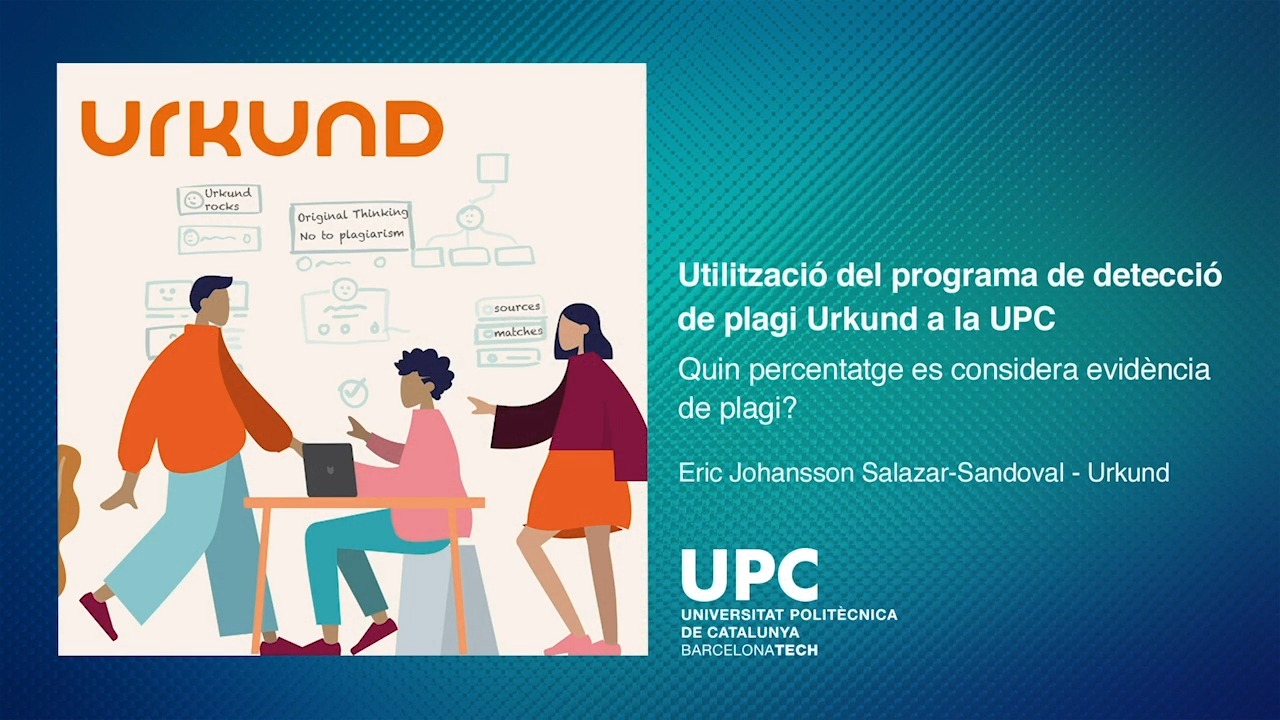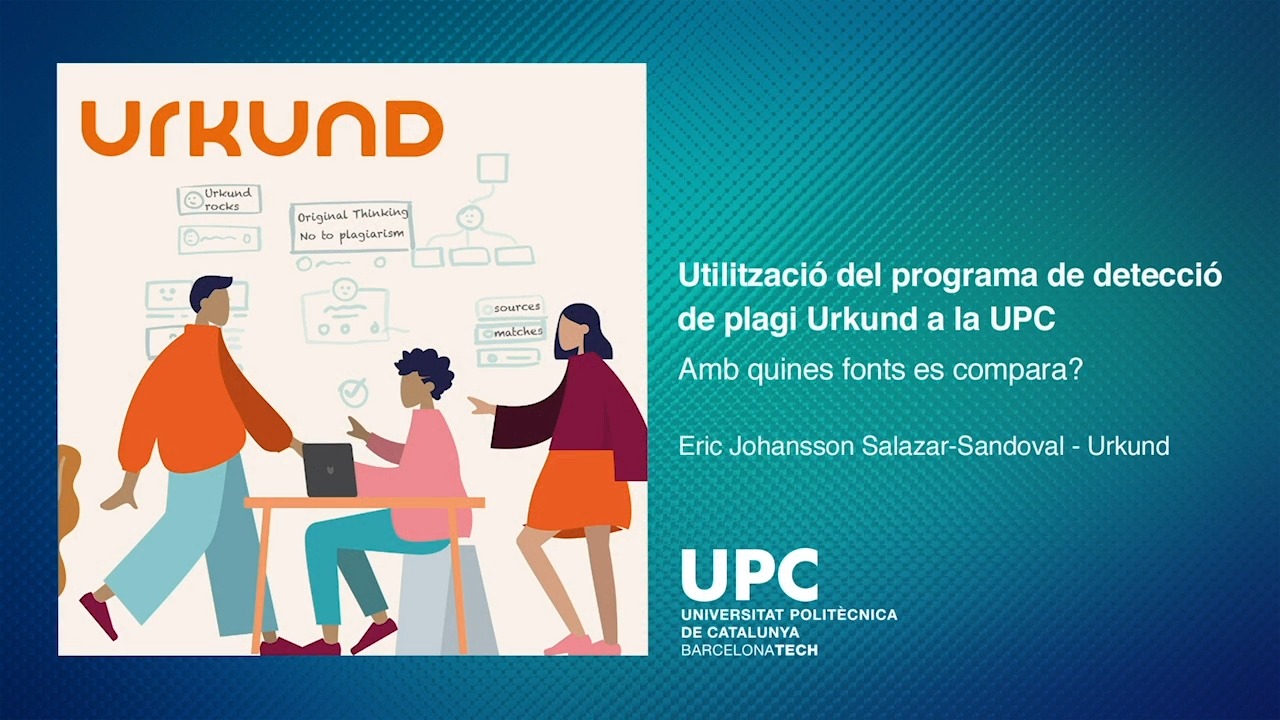Objectes multimèdia amb l’etiqueta: Instituts
Resultats de la cerca
EPICENTRE.03. Atenea, Drive i Youtube
Accés obert
17 d’abr. 2020
Com afegir fitxers a Atenea de de Google Drive? Què és el maletí ? Cóm puc fer servir el maleti per fer proves a Atenea ? Com penjar videos a Youtube i posarlos a Atenea ?
EPICENTRE.02. Enregistrar vídeos, screencasts i podcasts amb Google Meet
Accés obert
31 de març 2020
08 - Quin percentatge es considera evidència de plagi? - Jornada Urkund UPC
Accés obert
5 de febr. 2020


